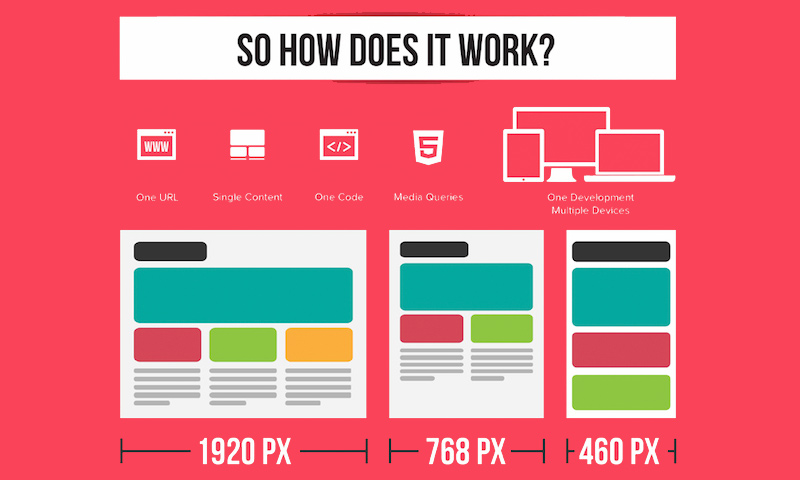The Development Of Website Style: From Earlier Times To Now
The Development Of Website Style: From Earlier Times To Now
Blog Article
Content Author-Kahn Dalby
In the past, internet sites were basic and focused on info. Navigating was direct, and layout was for desktops. Currently, individual experience is essential. Information overviews layouts for simple navigating. Receptive formats match various devices. Today, dark setting minimizes strain, and minimalist menus boost navigating. Interactive attributes engage customers, and vibrant visuals stand apart. AI integration enhances interaction. See how style has progressed to improve your on the internet trip.
Early Days of Website Design
In the very early days of website design, simpleness reigned supreme. Internet sites were basic, with limited shades, fonts, and designs. The emphasis was on giving information rather than fancy visuals. Individuals accessed the internet with slow-moving dial-up connections, so rate and performance were vital.
Navigating menus were straightforward, usually located at the top or side of the web page. Web sites were designed for desktop computers, as mobile surfing had not been yet common. Material was king, and developers prioritized very easy readability over complicated design aspects.
HTML was the main coding language made use of, and developers needed to function within its restraints. Computer animations and interactive attributes were marginal compared to today's standards. Websites were fixed, with little vibrant content or individualized individual experiences.
Rise of User-Focused Layout
With the evolution of web site design, a shift in the direction of user-focused layout concepts has ended up being increasingly noticeable. Today, developing websites that focus on customer experience is important for engaging visitors and attaining business objectives. User-focused design includes recognizing the requirements, preferences, and behaviors of your target market to customize the web site's format, web content, and includes as necessary.
Designers now conduct extensive research, such as individual surveys and usability screening, to gather insights and responses directly from customers. This data-driven approach assists in creating user-friendly navigation, clear calls-to-action, and visually attractive interfaces that reverberate with visitors. By placing the individual at the center of the design procedure, websites can supply a more customized and satisfying experience.
Receptive design has actually also become a vital facet of user-focused layout, making certain that internet sites are enhanced for various gadgets and screen dimensions. This versatility improves access and usability, dealing with the diverse ways individuals communicate with sites today. Basically, the rise of user-focused design represents a change in the direction of developing electronic experiences that focus on the needs and assumptions of completion individual.
Modern Trends in Website Design
Discover the most up to date patterns shaping website design today. One popular pattern is dark setting layout, offering a smooth and modern look while minimizing eye strain in low-light settings. An additional key pattern is minimalist navigating, simplifying food selections and enhancing user experience by concentrating on essential elements. Integrating micro-interactions, such as computer animated buttons or scrolling impacts, can develop a much more interesting and interactive web site. Responsive design stays critical, making sure seamless individual experiences across various devices. Furthermore, utilizing vibrant typography and asymmetrical formats can include aesthetic passion and draw attention to specific material.
Incorporating AI technology, like chatbots for customer assistance or tailored recommendations, improves user engagement and improves processes. Access has also become a significant fad, with designers focusing on inclusive layout practices to accommodate diverse individual requirements. Welcoming sustainability by optimizing web site efficiency for rate and efficiency is another emerging trend in web design. Working together with individual responses and data analytics to repeat and enhance style constantly is vital for remaining pertinent in the ever-evolving digital landscape. By welcoming these contemporary trends, you can produce an aesthetically attractive, straightforward site that reverberates with your audience.
Verdict
As you assess the evolution of site style from the very early days to currently, you can see just how user-focused design has actually come to be the driving pressure behind modern patterns.
Accept Suggested Resource site of modification and adjustment in web design, always maintaining the customer experience at the forefront.
Keep existing with the current fads and technologies, and never ever stop evolving your method to create aesthetically magnificent and easy to use websites.
Develop, adapt, and create - the future of website design remains in your hands.
